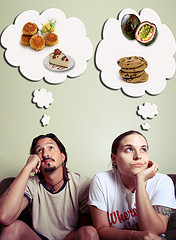 The Truth About Food Cravings
The Truth About Food Cravings
Craving a big, fluffy hunk of warm bread does not mean your body is deprived of grains. Food cravings have little to do with nutrients and plenty to do with the brain chemistry of pleasure and reward. Cravings may center on texture (creamy, crunchy) or taste (sweet, salty) but they all have something in common — overindulging can sabotage your diet.
Craving can also have nothing to do with feeling hungry at all but a reaction to a UN-met need, emotional feeling, current problem or even boredom. Eating without the benefit of true hunger is a real problem for a lot of people. And until you unravel the mystery you may find even your best efforts to lose weight challenged. It takes some investigating and practice on your part.
 Solving the Mystery of Your Food Craving
Solving the Mystery of Your Food Craving
Investigative Questions to ask if you are just about to eat beyond fullness, or without hunger in the belly.
Finding out why you are craving to eat certain foods requires you to act as a private investigator gathering the details of a potential crime scene so you can solve the mystery of what is now trying to take place (or just took place if you find yourself giving in to cravings too often). Like any good investigator you need to ask questions to gather the facts. In this case you are directing those questions to yourself. It may seem silly at first, but one of the reasons so many people give into cravings is because they really don’t know themselves very well. They react in the moment without finding out the true nature of what is driving them to eat. Once you find out your motives for wanting to eat, you can then solve the mystery and learn to overcome in future situations.
Start with these basic questions. You may want to tailor them to your your specific situation based on your needs.
- 1. If I eat that food right now, how will it make me feel later?
- 2. If I eat that food right now, how will it change what I am really needing or feeling?
- 3. Has giving into a craving ever solved the issue, problem, desire or need that was going on at the time.
- 4. How has giving into a craving made a problem worse rather then solving it?
- 5. What could I be thinking, believing, or needing that is the real reason for this craving?
- 6. Could What, When, How often and with whom I’m eating with have anything to do with this craving?
- 7. Could this craving be from a need to be in control over another situation that is out of my control?
- 8. Is there a better way to deal with my need, feeling or problem that does not involve food?
- 9. How often do I use cravings as a coping mechanism for my problems?
- 10. Add your question to yourself.
You could continue to eat without hunger, and feel terrible, and you will still have the feeling, the need, the thought or belief that wants your attention. So you might as well figure it out, your inner wisdom is beckoning you to listen inside make any translations necessary to discover what you are Believing, Feeling or Needing and take care of yourself.
Other things to consider why you may be craving Certain foods.
Oh course sometimes you have cravings just because you like certain foods (who doesn’t right?. There is no right or wrong foods, just how often you give into eating those foods that can cause you to derail your weight loss efforts. So consider these alternatives to these common craving attacks.
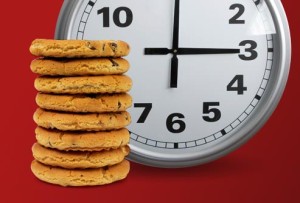 3:00 Snack Attack
3:00 Snack Attack
If the snack machine always calls to you in the mid-afternoon, you may be experiencing a between-meals drop in blood sugar. Unfortunately, a pack of chocolate chip cookies is just a short-term fix, and a high-calorie one at that.
Better Bet: Eat snacks that combine a protein with a whole grain, such as reduced-fat cheese on whole-wheat crackers. Healthy snacks can actually ward off food cravings and help you stick to your diet.
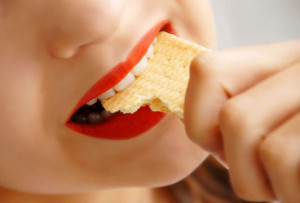 Nervous Nibbles
Nervous Nibbles
Do you find yourself reaching for the cookie jar before a visit from the in-laws or a presentation at work? Sometimes food cravings are not triggered by hunger but by unpleasant emotions, including stress and anxiety. This is called emotional eating, and if you do it regularly, it’s likely to undermine your diet.
Better Bet: Replace nibbling with stress management techniques — take a vigorous walk, do yoga, or relax in a hot bath.
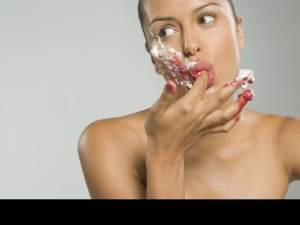 Bad Day Binge
Bad Day Binge
Emotional eating is also common at the end of a bad day. You may use “comfort foods” to soothe feelings of anger or sadness. In extreme cases, emotional food cravings can lead to bingeing — eating large amounts of food without stopping when you’re full.
Better Bet: Look for emotional comfort outside the fridge. Phone a friend, listen to some favorite music, or write in a journal.
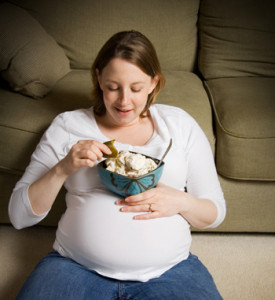 Ice Cream
Ice Cream
People who get cravings tend to have higher BMIs — no surprise since fattening foods are often the object of desire. The combination of cool, creamy, and sweet makes ice cream an irresistible treat — but a costly one in terms of calories. A typical serving of vanilla has 230 calories.
Better Bet: Half a cup of slow-churned ice cream has less fat and half the calories.
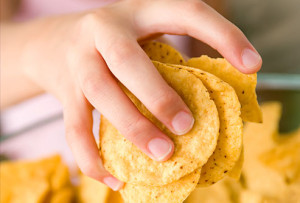 Potato Chips
Potato Chips
Can you eat just one? Probably not. It’s the combination of salty and crunchy that gives potato chips and tortilla chips their allure. Depending on the flavor, a 1-ounce snack bag has at least 150 calories. Munch your way through a large 8-ounce bag and you’re looking at 1,230 calories — not counting any dip.
Better Bet: Dip celery or carrot sticks in hummus. You’ll get a satisfying crunch with fewer calories and more nutrients.
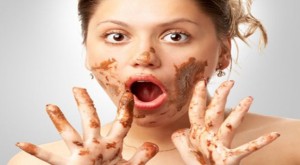 Chocolate
Chocolate
Almost half of American women crave chocolate on a regular basis. There have been many theories to explain why, ranging from magnesium deficiency to mood swings. But one thing is certain: Downing a candy bar is a quick way to add a couple hundred extra calories to your day.
Better Bet: Have a small square of high-cocoa dark chocolate. It has less fat than a typical candy bar and may be good for the heart.
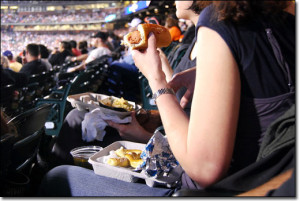 Ballpark Food
Ballpark Food
If the game’s not the same without a corn dog, you may be prone to setting-induced cravings. Just seeing or smelling the concession stands can make it tough to resist. But consider these numbers:
8 ounces of cheesy nachos – 900 calories
8-ounce bag of raw peanuts – 800 calories
Corn dog on a stick – 400 calories
Better Bet: Corn on the cob with butter has about 150 calories.
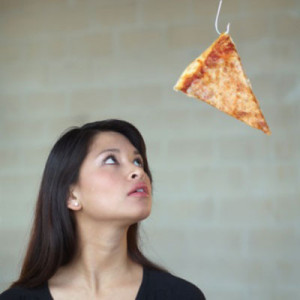 Pizza
Pizza
Pizza is America’s favorite food, according to an Oxfam survey. It does have some health benefits: A typical slice has 12 grams of protein and 2.5 grams of fiber. But pizza also has about 280 calories a slice — more if you add meat toppings – so the calories add up quickly.
Better Bet: Make pizza at home with a whole-wheat crust and a sprinkling of reduced-fat cheese. Top with fresh tomato slices, broccoli, or other vegetables.
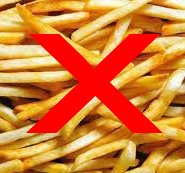 French Fries
French Fries
Want some fries with that? When fast food franchises started suggestive selling super sized portions America really got a whole lot fatter. For a few more cents you are buying a whole lot more fat and calories. This salty side is hard to turn down when ordering at the drive-thru. But a large order of fries can have as many calories as a burger — about 500 at a typical fast food restaurant. And that is not even the “Super size”.
Better Bet: Opt for a side salad or fruit cup, if available. Or if you have willpower of steel, go ahead and steal a couple from your friend to satisfy that craving.
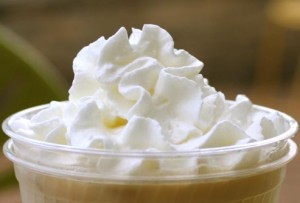 Coffee
Coffee
Coffee cravings may go beyond your typical food craving, thanks to the addictive powers of caffeine. You may feel you can’t fully wake up without your morning dose. Fortunately, coffee has very few calories — until you load it up with cream and sugary syrups. Large flavored lattes and mocha’s can have more than 400 calories.
Better Bet: Opt for non-fat milk or soy milk and skip the flavors.
Investigative Questions
Manage Your Craving
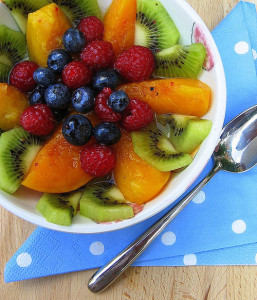 Control Cravings: Eat Snacks
Control Cravings: Eat Snacks
If cravings mainly strike when you’re hungry, try eating healthy snacks between meals. Carefully planning your snacks can help you keep hunger — and cravings — at bay. Portion control is vital — each snack should be less than 200 calories. Good choices include yogurt with fresh fruit, a hard-boiled egg, a fruit smoothie, or peppers and bean dip.
 Control Cravings: Take a Walk
Control Cravings: Take a Walk
You already know that exercise can help you lose weight by burning calories. But now there’s evidence that brisk walking can help you eat fewer sweets. In a study published in the journal Appetite, participants who took a 15-minute walk were half as likely to eat chocolate at their desks compared with those who took a 15-minute rest.
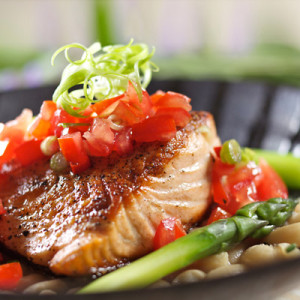 Control Cravings: Low-Carb Diet
Control Cravings: Low-Carb Diet
Putting favorite foods off-limits can make you crave them in the short-term, but the opposite may be true down the road. That’s the conclusion of a study in the journal Obesity. After sticking to a low-carb diet for two years, a group of overweight adults craved carbohydrates and starchy foods less. A second group following a low-fat diet reported fewer cravings for fatty foods.


